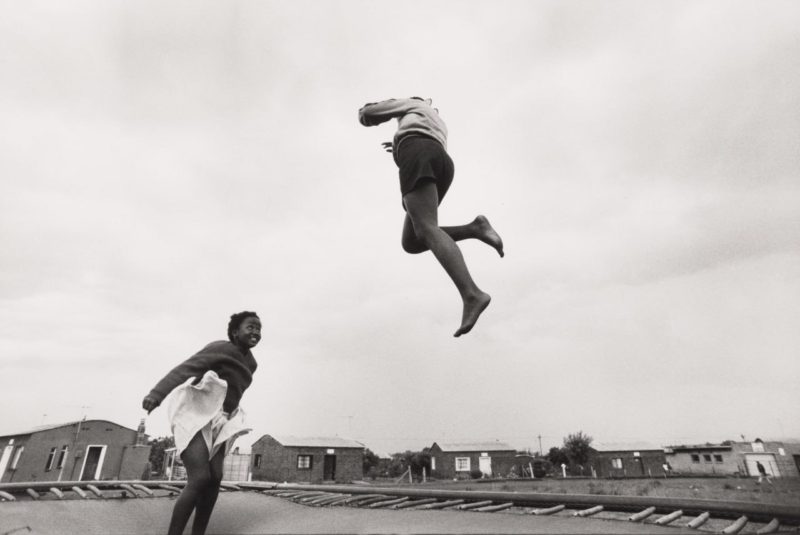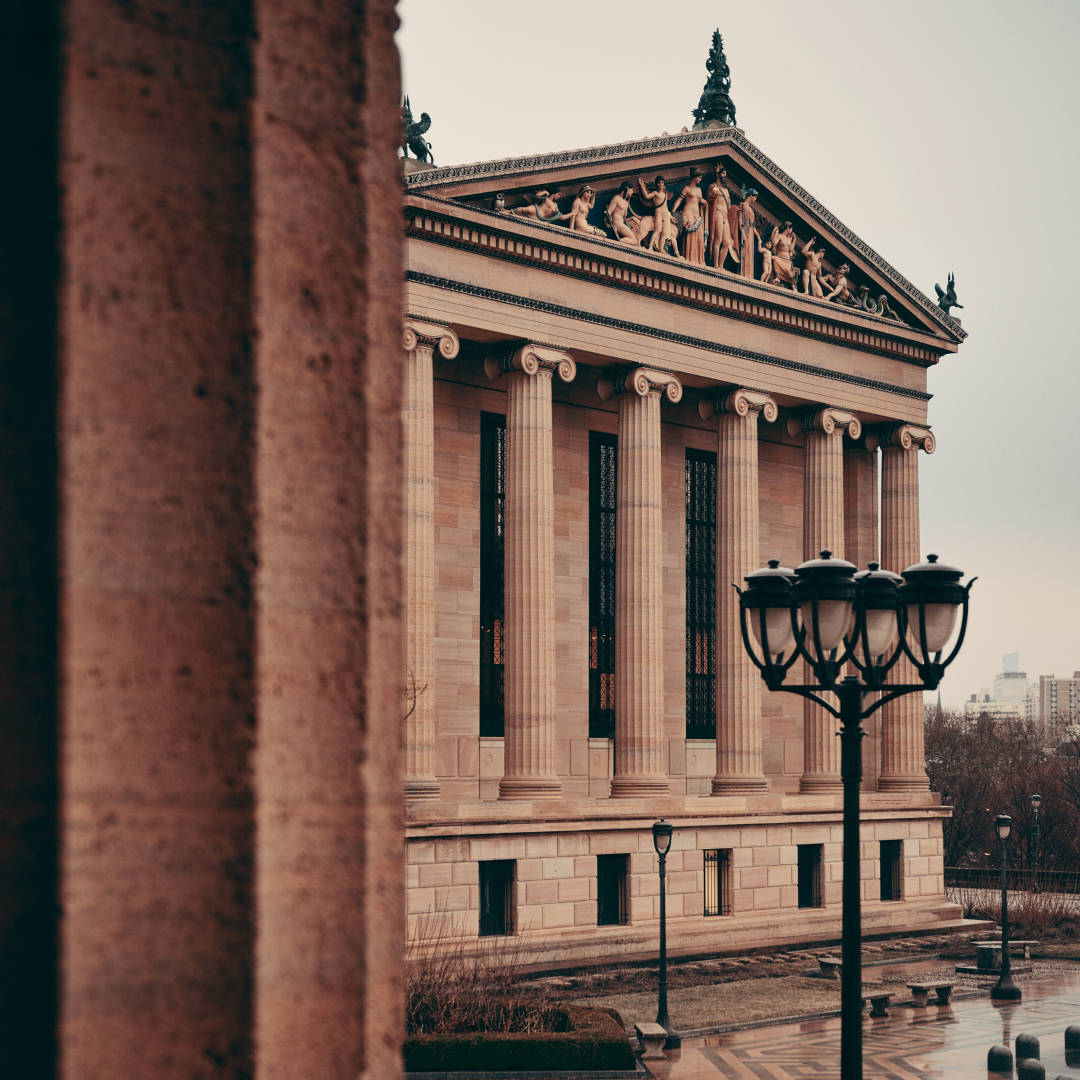The Philadelphia Museum of Art has announced the establishment of the Brind Center for African and African Diasporic Art and the appointment of Imani Roach as its Curatorial Director. Previously, she worked at the Metropolitan Museum of Art, where she worked on renovating and reinstating the African galleries. In her new role, Imani Roach will lead the acquisition of artworks, organize special exhibitions and gallery installations, and oversee publications and symposia.
Fine Art Shippers interviewed the center’s inaugural Director about its mission, programming plans, and collaboration with other institutions.
The PMA Established the Center for African and African Diasporic Art
To begin with, could you tell us why a decision was taken to establish the Brind Center for African and African Diasporic Art?
Imani Roach: Historically, the Philadelphia Museum of Art had a collection of African art. However, in the early 1960s, the majority of this collection was transferred to the Penn Museum, part of the University of Pennsylvania. Consequently, for the past 65 years, the museum has not had African art on view in its permanent galleries, nor has it had curatorial staff with expertise in this area.
Recognizing the limitations that Africa’s absence places on the museum’s ability to tell stories about human creativity, Ira Brind, the benefactor after whom the center is named, entered discussions with the PMA to support the reintegration of work by African artists into its exhibition program.
The PMA director, Sasha Suda, and the chief curator, Carlos Basualdo, were eager to work in this direction, not only because of what a center for African and African diasporic art can mean for the museum, but because of what it can mean for the city of Philadelphia.
What are the mission and goals of the new center?
The purpose of the Brind Center is to create a space for conversations and programming around African and diasporic art and culture that Philadelphians can feel connected to and invested in. This is an opportunity to think creatively about what it means to collect and display African art objects now, in 2024, and beyond. It is an opportunity to create new pathways for training in the field, and to build meaningful partnerships with institutions on the continent. Most of all, I see my mission as providing a greater level of access to histories and cultures that get left out of most classrooms and newspapers.
I would like to clarify the notion of diasporic art. Do you regard it in a global context or within the United States?
My background as a curator and educator is in the arts of the African continent. That being said, it is also important to acknowledge and honor the fact that we are an American museum located in the city of Philadelphia, which has been an important hub of African American culture, literally for centuries. So I am definitely interested in the center supporting research and exhibitions related to African American art. However, I also envision a broader, global conversation that includes Black artists working in South America, the Caribbean, Europe, and even Asia.
The term “African diaspora” is typically used to describe the displacement of people of African descent around the world, primarily due to the transatlantic slave trade between the 15th and 19th centuries. What is interesting to me is that the term itself didn't enter common usage until the mid-20th century. This was both the era of independence on the African continent and the era of civil rights and Black power, in the Americas and Europe. So the very idea of diaspora becomes important during a moment when Black people globally were becoming very invested in their own and, importantly, in each other’s liberation. I want the Brind Center to be a place where diaspora can be understood not only as something that happened to Black people but as a mutually empowering relationship that Black artists all over the world have cultivated and continue to cultivate amongst each other.
 You mentioned the center’s plans for working with other institutions. Could you elaborate on that?
You mentioned the center’s plans for working with other institutions. Could you elaborate on that?
I’m interested in partnering with local institutions here in Philadelphia. Many of our colleges and universities already have remarkable collections. A significant part of my job will be to develop the PMA’s relationships with peers at institutions on the continent and to build new ones.
From my experience at the Met, I know that African museums have incredible collections. There’s a misconception that all of Africa's treasures are in Western museums and private collections—this is not true. For example, Nigeria has a network of national museums and monuments with highly skilled curatorial and conservation professionals.
Nigerian museums also have a long history of loaning works to museums in the United States and other Western countries. For instance, in 1982 or 1983, there was a major traveling exhibition called “Treasures of Ancient Nigeria: Legacy of 2,000 Years” that visited the Philadelphia Museum of Art, the Met, and the Detroit Institute of Arts. I want to build on these kinds of projects to highlight the work happening in cultural preservation on the continent.
Alongside loans, the PMA intends to make acquisitions to build the African art collection. What will the policy be for that?
The collection strategy for the Brind Center is still being developed, but I do know that I will prioritize works that allow for our visitors to think about and experience diaspora as a complex, living relationship that has changed and evolved over time. So that will likely involve acquiring works made during the 20th century on both sides of the Atlantic. One of my first priorities is reviewing Ira Brind’s collection and selecting which pieces to bring into the museum. Ira has been very flexible and generous, understanding that not everything can be included and offering it as a gesture. We have no exhibitions planned for this year due to the long planning schedule, but in 2025 and 2026, we will show to the public the Brind collection and new acquisitions.
Could you tell us more about the Brind Collection?
The Brind collection includes a number of objects that lie at the intersection of art and fashion, including an impressive group of headdresses. Indeed, “traditional” African art often defies conventional categories set up by Western institutions, blurring the lines between fine art and design. Some notable items in the Brind collection include beautifully beaded works by Yoruba artists from Southwestern Nigeria and various headpieces from Central and Southern Africa. These items span different cultural traditions and practices and showcase a diverse range of materials and techniques.
How do you envision working with the local artists and community?
Programming and audience engagement initiatives are a significant part of the center's work and offer an exciting opportunity to integrate our efforts into the museum's overall mission. The PMA has a fantastic education team with extensive experience in designing programs that encompass practical activities, visual and audio learning through music and film, and more. Having lived as a practicing visual and performing artist here in Philadelphia for over a decade, I know how incredibly vibrant this city’s creative communities are. It is very important to me to find ways to partner with those individuals and institutions that have been and continue to be vital to the city’s arts ecosystem.
Lastly, how do you see the collaboration of the Brind Center with other PMA departments?
One of the exciting aspects of the Brind Center is its creation as a collaborative entity rather than a standalone department. The reality is that there are colleagues of mine who have been collecting works by Black artists for decades without having enough opportunities to show those works to the public. While we will be hiring additional curatorial staff and engaging interns and fellows specifically for the Brind Center, we will also work closely with colleagues in other departments to create and curate exhibitions and programming and to bring hidden treasures already in the collection out into the open.
Interview by Inna Logunova Photo courtesy of the Philadelphia Museum of Art
